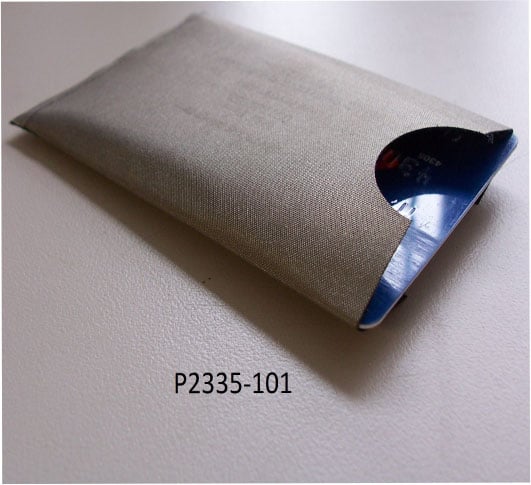RFI Shielding
 Optimizing the integration of RFI shielding into medical equipment is crucial to ensure reliable and safe operation of such devices. The integration of RFI shielding is particularly important in the case of medical devices that are implanted within the body, such as cardiac pacemakers, as they must be able to operate without interference from external RFI sources.
Optimizing the integration of RFI shielding into medical equipment is crucial to ensure reliable and safe operation of such devices. The integration of RFI shielding is particularly important in the case of medical devices that are implanted within the body, such as cardiac pacemakers, as they must be able to operate without interference from external RFI sources.
To optimize the integration of RFI shielding into medical equipment, there are several key considerations to keep in mind. First, it is important to choose the right materials for the shielding, as different materials have different levels of effectiveness at blocking RFI. For example, copper is often used as a shielding material due to its high conductivity and ability to effectively block RFI.
In addition to the choice of materials, the design of the shielding is also important. Shielding must be carefully designed to fit the specific shape and size of the device, as well as to provide adequate coverage to protect against RFI interference. The placement of the shielding is also critical, as it must be positioned to effectively block any potential RFI sources.
Cardiac Pacemakers & RFI Shielding
Cardiac pacemakers are a type of medical device that require RFI shielding to function properly. According to a study published in the Journal of Electrocardiology, the use of RFI shielding in pacemakers is essential to prevent interference from external sources, which can lead to device malfunction and potentially life-threatening complications (Kabir et al., 2018).
RFI shielding is typically incorporated into the pacemaker housing, which is made of materials such as titanium or ceramic that are non-conductive and do not interfere with the device’s electrical signals. The RFI shielding is designed to block external electromagnetic interference that can disrupt the electrical signals sent by the pacemaker to the heart.
In summary, optimizing the integration of RFI shielding into medical equipment is crucial for ensuring the safety and reliable operation of such devices. Careful consideration must be given to material selection, shielding design, industry standards, and testing and validation to ensure that the shielding is effective and safe for use in medical devices.
